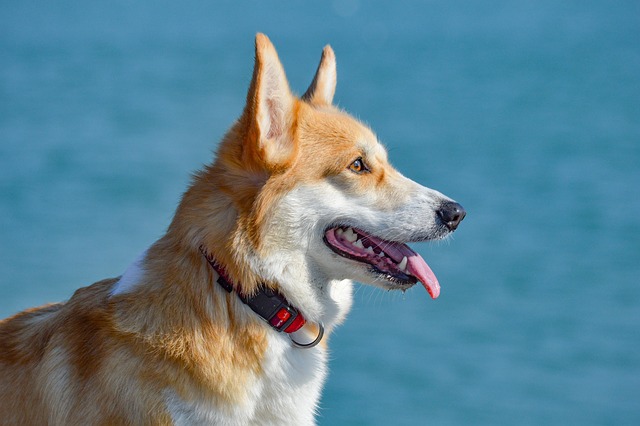
What's wrong with dogs always licking their paws
Watching their furry child constantly licking their paws, with that focused and persistent look, is both heartbreaking and confusing.
When seeing a one-year-old Siberian Husky in the family running and jumping energetically, with those bright eyes shining with curiosity and vitality, as the owner, one is filled with joy and a sense of responsibility. A one-year-old Siberian Husky is in a crucial period of growth and development, and it is also an important stage for shaping its character and laying the foundation for its health. How to feed it correctly so that it can maintain its lively nature while having a strong physique and a good state? This not only requires professional knowledge as support but also contains the owner's deep love and care for it, and it is worthy of our careful exploration of every feeding detail.
From the physiological characteristics of a Siberian Husky, at one year old, it is in the transition from rapid growth to stable development. Its various organs are gradually maturing, but it still needs sufficient and balanced nutritional support. A Siberian Husky is a medium-sized dog with abundant energy and strong athletic ability by nature, which determines that it has a high demand for energy. At the same time, its thick and dense fur requires enough nutrients to maintain its health and luster. At this stage, improper feeding may affect its growth and development and even pose potential health risks. Every feeding is like laying the foundation for its growth, and there is no room for carelessness. Watching it wag its tail happily beside and looking at oneself with full trust, the owner only hopes to use the most scientific feeding method to safeguard its healthy growth.
In terms of food selection, high-quality dog food is the preferred staple food for a one-year-old Siberian Husky. The nutritional components of dog food are scientifically proportioned to meet its daily needs for nutrients such as protein, fat, carbohydrates, vitamins, and minerals. When choosing dog food, pay attention to its ingredient list and give priority to products with meat (such as chicken, fish, and beef) as the main source of protein, ensuring that the protein content is about 25% - 30%, because protein is an important component of tissues such as muscles and fur and is crucial for the growth and repair of a Siberian Husky. At the same time, pay attention to the fat content in the dog food, and it is more appropriate to keep it at 10% - 15%. An appropriate amount of fat can provide energy for a Siberian Husky and make its fur more supple. In addition, dog food rich in dietary fiber can help promote intestinal peristalsis and maintain the health of the digestive system. Avoid choosing dog food with excessive additives, preservatives, and artificial flavors, as these ingredients may have a negative impact on the health of a Siberian Husky. Every time the owner selects dog food for it, it's like carefully choosing a treasure, hoping that every piece of dog food can contribute to its growth.
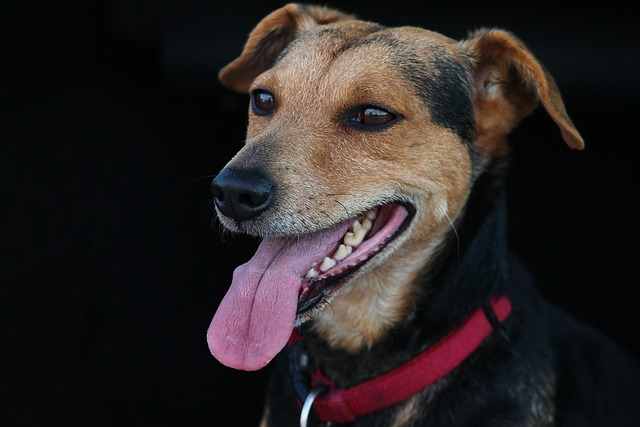
In addition to dog food, the appropriate addition of supplementary food can provide more comprehensive nutrition for a one-year-old Siberian Husky. Meat is a good choice for supplementary food, such as cooked chicken, beef, and fish. These meats are rich in high-quality protein and trace elements, which can enhance the physique of a Siberian Husky. However, pay attention to cooking the meat and chopping it, and avoid feeding raw meat to prevent the infection of parasites and bacteria. It can be fed 2 - 3 times a week, and the amount each time should not be too much, and adjust it according to the size and appetite of the Siberian Husky. Vegetables and fruits are also an important part of the supplementary food, such as carrots, broccoli, apples, and bananas, which are rich in vitamins and dietary fiber and can help promote digestion and improve immunity. Cook the vegetables and chop them, cut the fruits into small pieces, and feed them 3 - 4 times a week, which can not only enrich the dietary structure but also meet its needs for different nutrients. Every carefully prepared supplementary food is filled with the owner's full love for it, hoping that it can eat happily and healthily.
When feeding a one-year-old Siberian Husky, follow the principle of regular feeding and appropriate quantity. It can be fed 2 - 3 times a day, and maintaining a fixed feeding time and quantity helps to establish a regular digestive rhythm of the stomach and intestines. Generally, adjust the amount of each feeding according to the suggestions on the dog food packaging and in combination with the actual weight and activity level of the Siberian Husky. If the Siberian Husky still shows a sense of hunger after eating, you can appropriately increase the feeding amount; if there is often leftover food, reduce the feeding amount. During the feeding process, pay attention to observing its eating situation. If there are problems such as loss of appetite and being picky about food, promptly find out the reasons, whether it is due to food problems, health problems, or environmental factors. Watching it thrive under a regular diet, the owner feels a great sense of achievement.
Water is also crucial for a one-year-old Siberian Husky. Ensure that it can always drink clean and fresh water to meet the needs of its body metabolism and daily activities. Especially after exercise and in hot weather, pay more attention to replenishing water to prevent dehydration. You can prepare a special water bowl for the Siberian Husky and change the water every day to keep it clean and hygienic. When seeing it running happily to the water bowl and drinking water greedily, the owner feels at ease, knowing that one has added an extra guarantee for its health.
In addition, pay attention to the oral health of a Siberian Husky. At one year old, it may have problems with teeth cleaning after teething. If oral care is not paid attention to for a long time, oral diseases such as tartar and periodontitis are likely to occur. You can brush its teeth 2 - 3 times a week using pet-specific toothbrushes and toothpaste to help clean the food residues on the tooth surface and in the gaps between the teeth. You can also provide it with some chew toys or chew gums, which can not only meet its need for teeth grinding but also help clean its teeth. Every oral care for it is for its long-term health, hoping that it can have healthy teeth, enjoy food, and stay away from oral diseases.
Feeding a one-year-old Siberian Husky correctly is a journey full of love and responsibility. From the careful selection of food to the establishment of a regular diet; from the comprehensive supplementation of nutrition to the attention to daily details, every link embodies the owner's deep love for it. When seeing it, under scientific feeding, having a strong physique, beautiful fur, and a lively and cheerful personality, running and playing to its heart's content in the sun, all the efforts turn into full happiness and satisfaction. Because in the owner's heart, it is not only a pet but also a family member, and its health and happiness are worthy of our careful protection with professional knowledge and endless love, accompanying it through every wonderful growth stage.

Watching their furry child constantly licking their paws, with that focused and persistent look, is both heartbreaking and confusing.
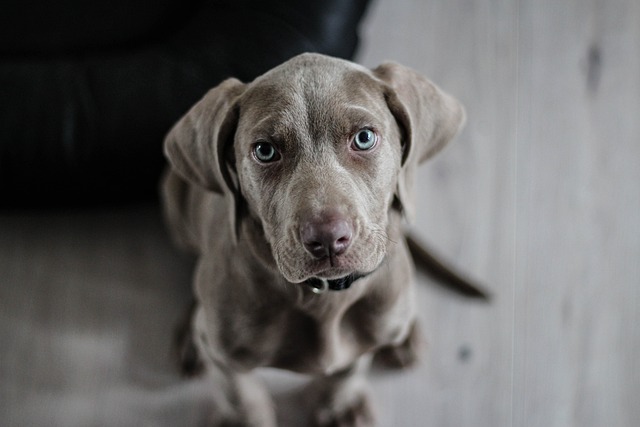
When you habitually pet your dog and suddenly notice that its once smooth coat has become rough and prickly, the change in texture will immediately alert you.
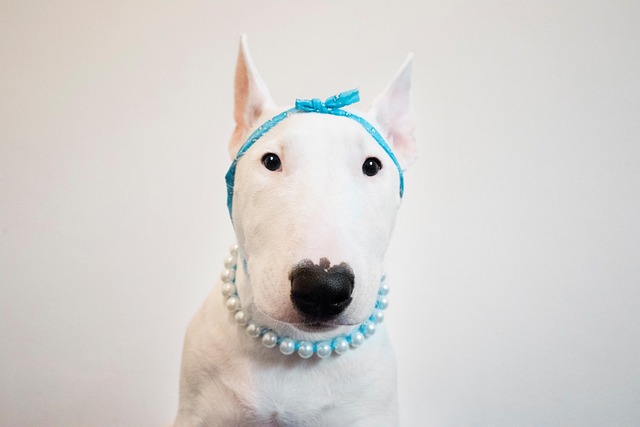
When we hold the soft and cute puppies in our hands, their furry little bodies and smart eyes instantly melt our hearts. From that moment on, we shoulder the responsibility of taking care of this little life,
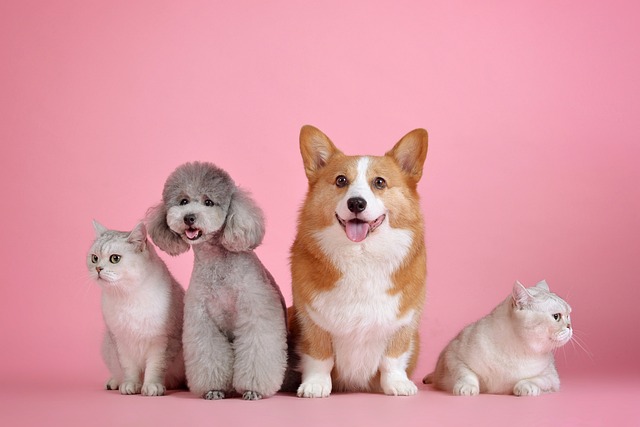
You push open the door to find shredded pillow stuffing, chewed-through cables, or claw-marked door frames scattered across the floor—and in an instant,
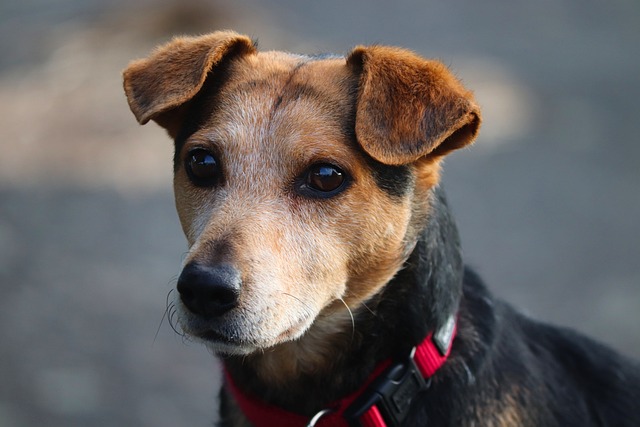
When you realize that only your absence triggers your otherwise well-behaved companion into anxious behaviors—scratching at the door, barking incessantly,

When we hold the sweet and juicy soft-seeded pomegranates and look at the round, expectant eyes of the dogs around us, we always feel entangled: Can such delicious fruit be shared with our beloved fur children?